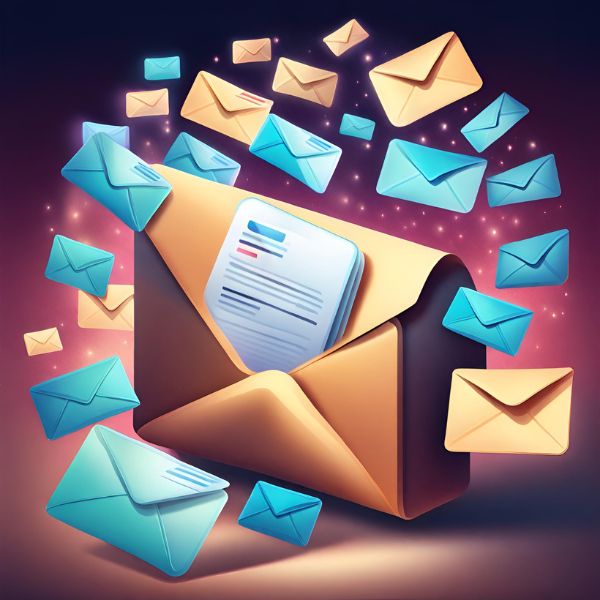18 Nov

As we venture into 2024, the world of email marketing continues to evolve, adapting to new technologies and regulations. One of the most significant challenges that marketers face today is avoiding the dreaded spam folder. With email clients becoming increasingly sophisticated in filtering out unwanted messages, it’s crucial for businesses to refine their strategies to ensure their communications reach their intended audience. Here’s a comprehensive guide on how to avoid spam in 2024 and make the most out of your email marketing campaigns.
Understanding Spam Filters in 2024
Spam filters have become more advanced, using AI and machine learning to analyze not just the content, but also the context and behavior associated with emails. They look at various factors such as sender reputation, user engagement, and the authenticity of email headers. Understanding these filters is the first step in crafting emails that can smoothly pass through them.
1. Build a Solid Sender Reputation
In 2024, a good sender reputation is more crucial than ever. Here’s how you can maintain it:
- Authenticate Your Emails: Use protocols like SPF (Sender Policy Framework), DKIM (DomainKeys Identified Mail), and DMARC (Domain-based Message Authentication, Reporting & Conformance) to authenticate your emails. This helps in proving that your emails are not being sent by a spammer impersonating your domain.
- Regularly Clean Your Email List: Remove unengaged subscribers and those who have opted out. This improves your engagement rates and, by extension, your sender reputation.
- Monitor Your IP Address: If you’re sharing an IP address with other senders (common in shared hosting environments), their poor practices could affect your reputation. Consider a dedicated IP if your email volume and consistency justify it.